Blog
Origins of Suspension Systems for Modern Vehicles
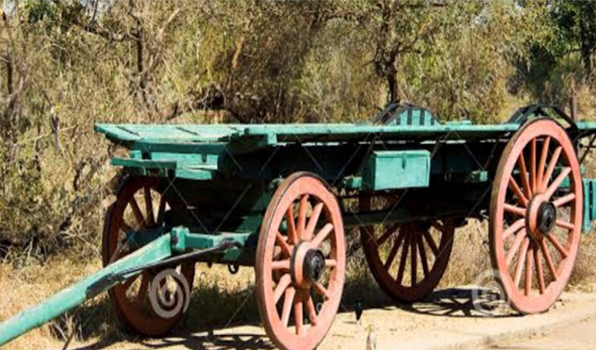
Initially neither carts nor wagons had any suspension systems. It was only after fragile items or people started riding on the cart were suspension systems invented to make the ride more comfortable for the occupants.
These where slow-moving vehicles. The wheels hardly ever lost contact with the ground. If the wheels did lose contact it was only for a micro second as they rolled over a large stone or dropped into a pothole. The vehicles stopped and started in rhythm with the oxen or horses pulling them.
The main reason that there were brakes on these early vehicles was to ensure that when going down a steep hill that the animals did not get run over by the wagon. At no stage did the wheels actually lose contact with the ground.
The rear axles were solid rods attached directly to the wheels and then bolted directly onto the wagon. The front axle was a solid bar connected to the wheels. It was connected via a swivel device to the wagon. While travelling straight the front axle was parallel to the rear axle. In order to turn one would lead the animals left or right. The front axle would swivel in that direction.
Every pebble rock or pothole was transferred to the body of the vehicle. Not a very comfortable ride.
With the advent of spring steel, multiple curved blades were attached between the axels of the wheels and the body of the wagons or carts bodies to absorb some of the bumps.
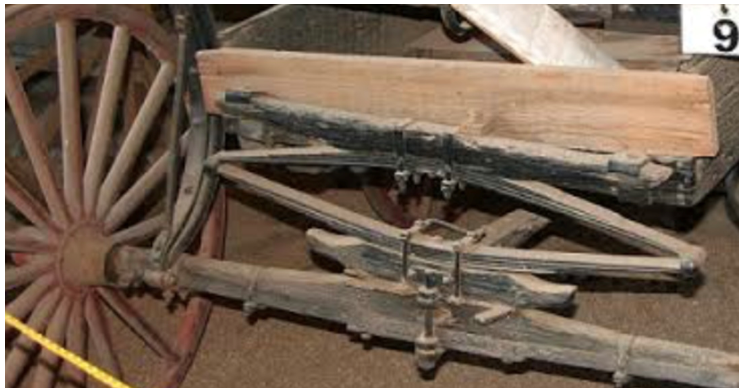
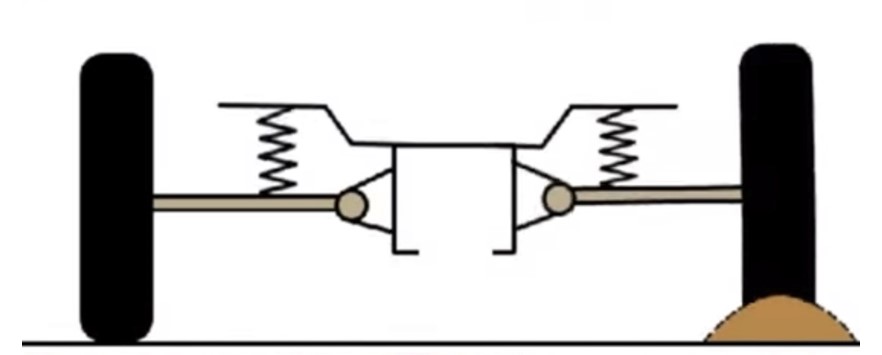
Diagram of a modern Independent suspension system. It is very different to the ox wagon era. The benefit of independent suspension is that it allows each wheel to independently move vertically of the other three.
With the advent of the motor car a new problem manifested itself. One could no longer reign in the horses nor the oxen to stop. The only way to slow the wagon down was to apply mechanical hand or foot operated brakes to the wheels themselves. This is now done hydraulically.
Cars are traveling faster. Hitting a pothole or bump, far greater momentum is created.
If there is an imperfection in the road the momentum will lift the wheel and most importantly the tyre off the surface of the road: Hence no friction between tyre and road and no braking action to stop the car. If only one side is lifted off the road and the other is still in contact with the road the car will veer off course with catastrophic results. A way had to be found to keep the tyre in contact with the road and the cabin on a much more even keel.
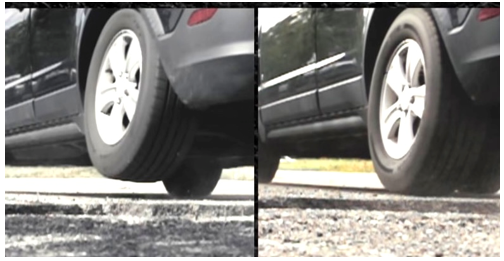
A combination of coil springs and dampener struts is one of the current methodologies.
The axels of the car are not bolted directly on to the chassis or body of the car. The connection is via a shock absorber and a close helical spring.
With the weight of the car resting on the spring it is only partially compressed. Should the tyre drive into a pothole the energy stored in the spring will expand the spring trying to keep the cab from following the wheel into the pothole. As the wheel hits the bottom of the pothole it will naturally bounce back up again. The springs function is now to absorb the upward thrust. The spring now expands to get rid of the stored energy forcing the tyre back into contact with road.
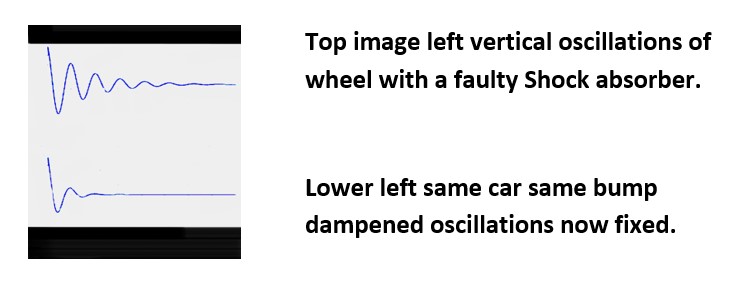

This compression expansion cycle would continue for a number of cycles if not for the shock absorbers. As the spring expands and contracts the action of the shock absorber is to dampens this secondary cycling action.
To eliminate or dampen this compression expansion cycle is the purpose of the shock absorber. The top end of the shock absorber is secured to the body of the car. The bottom end is secured to the axel.
There are many types for shock absorbers from the simple to the very technically advanced.
The simplest shock absorbers have a second tube inside. The shock absorber has extending downwards a rod which passes through a seal into the oil filled inner tube. On the end of the rod is a disc which fits very tightly against the inner wall of the oil filled tube.
The disc has small holes in it. The disc usually rest near the middle of the inner tube. As the spring is expanding to force the wheel / tyre back onto the road there is an equal and opposite force pushing the body of the car upwards.
The upward thrust is damped by the restricted flow of the oil through the small holes in the disc from the upper and lower in the sealed tube.
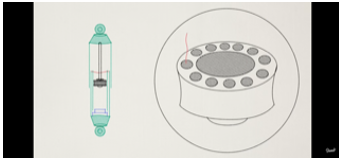
Another type of shock absorber also has a sealed nitrogen compartment. Fluids cannot be compressed into smaller volumes where as air / nitrogen can. This softens the dampening action giving a safer more comfortable ride.
This in turn increased friction between the surface of the road and the very small portion of the tyre in contact with the road to bring the vehicle to a halt.
RECENT POSTS & TIPS
- How to Trace a Fault in an EV High Voltage Battery
- Never Lose Your Car Keys Again
- Cross Section Of A Typical Water Themostat
- Testing of EV AC Electric Motor Phase Resistance Balance Test of The Windings
- Brake Fade
- Instructions for Jump Starting a Car
- Low-Pressure Exhaust Recirculation Filter (ERF)
- Reasons for front wheel bearings to breakdown
- Brake Cylinders Failure - Detection & Consequences
- Pollen Filters
- Will a DPF regeneration cure the blocked exhaust issue?
- Why should I change the oil filter each time I change the engine oil in my car?
- What Is AdBlue ?
- Origins of Suspension Systems for Modern Vehicles
- Parasitic Battery Drain
- ELECTRIC VEHICLES – A SIMPLE EXPLANATION
- GIL’S FORESIGHT, ELECTRIC VEHICLES WERE COMING
- MECHANICS OF VARIOUS BRAKE SYSTEMS
- SCAN TOOLS DO NOT FIX CARS. HIGHLY QUALIFIED MECHANICS DO.
- TOYOTA PRIUS HYBRID BATTERY REPAIR






